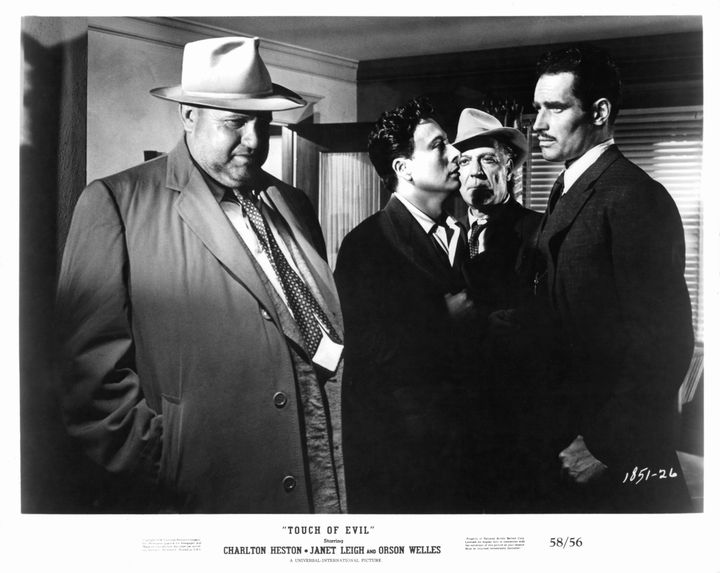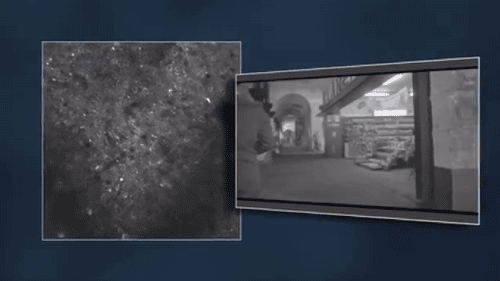
Orson Welles probably never thought some viewers of his masterpiece “Touch of Evil” would be mice.
These classic film-viewing rodents belong to the Allen Brain Observatory, a new initiative launched July 13 by the Seattle-based Allen Institute for Brain Science to create a digital library of brains in action.
The Allen Institute has previously developed detailed maps of neurons and their connections in the brain. But the scientists behind the project hope that observing the real-time brain activity of movie-watching mice will give them more insight into how neurons receive and compute visual information.
“This is a milestone in our quest to decode how the brain’s computations give rise to perception, behavior, and consciousness,” Christof Koch, a neuroscientist and the chief scientific officer of the Allen Institute, said in a statement.
To get a close-up view of each animal’s neurons in action, the researchers performed neurosurgery on the mice. “[The mouse] gets outfitted with a little, tiny cranial window — a little porthole,” Amy Bernard, a researcher at the Allen Institute, explained to Wired. Scientists removed a small piece of each mouse’s skull atop the visual cortex to provide an opening for a microscope.
As the animals watched images of natural scenes and movies, including “Touch of Evil,” researchers recorded what each neuron responded to. One neuron, for example, fired every time the camera panned. The same neuron also fired in response to two different images of butterflies in a series of photos.

Overall, the project collects data from 18,000 neurons in the visual cortexes of the mice. In the future, the scientists will observe other areas of the mice’s brains, Koch told NPR.
Access to the Allen Brain Observatory’s data is free to neuroscientists and anyone else who’s curious about the brain.
